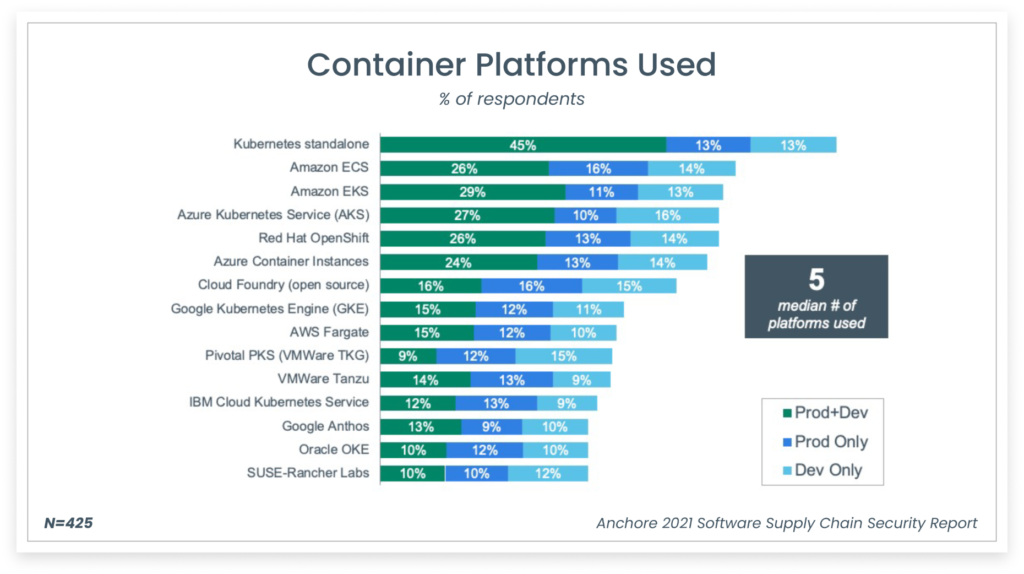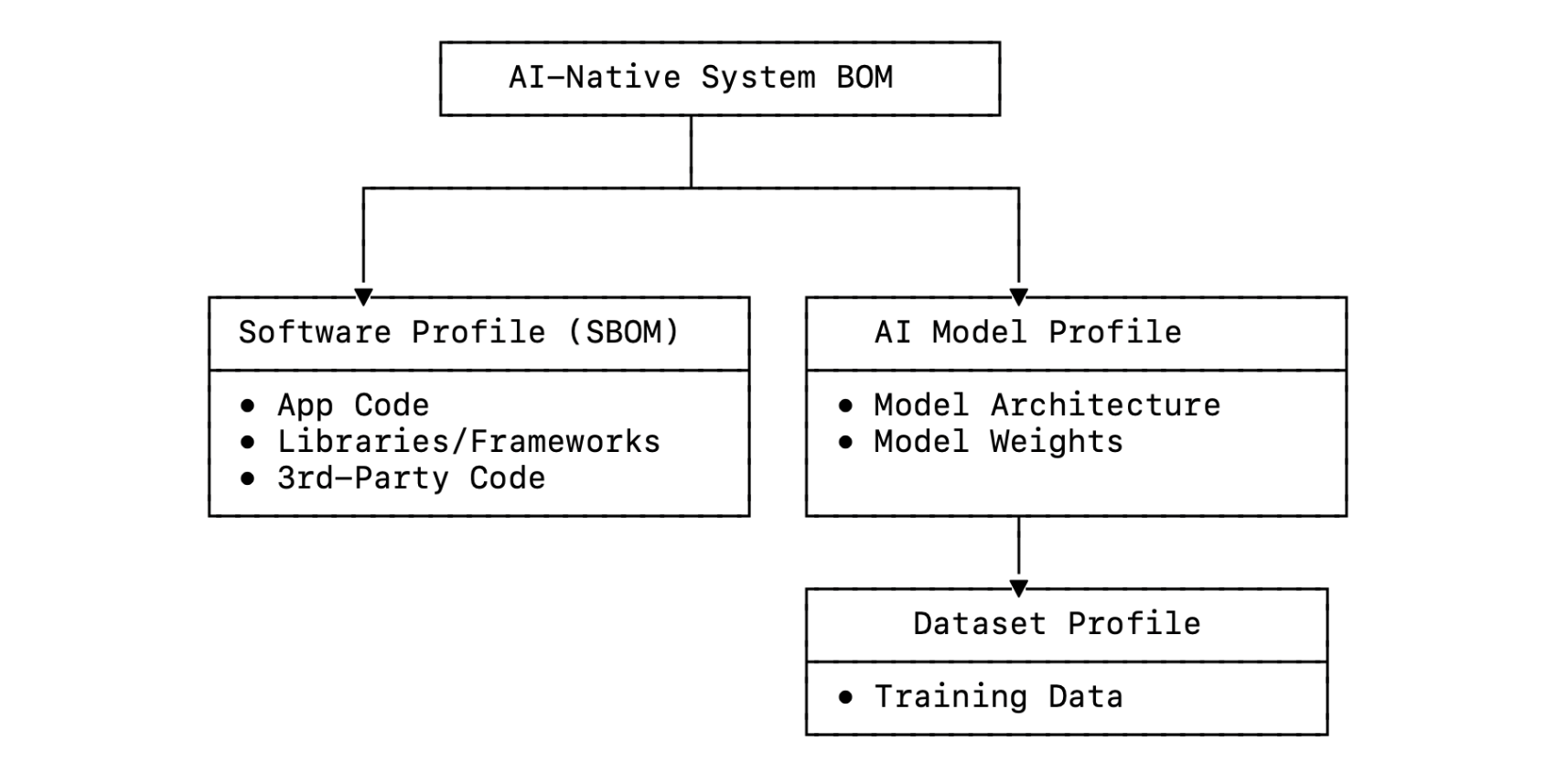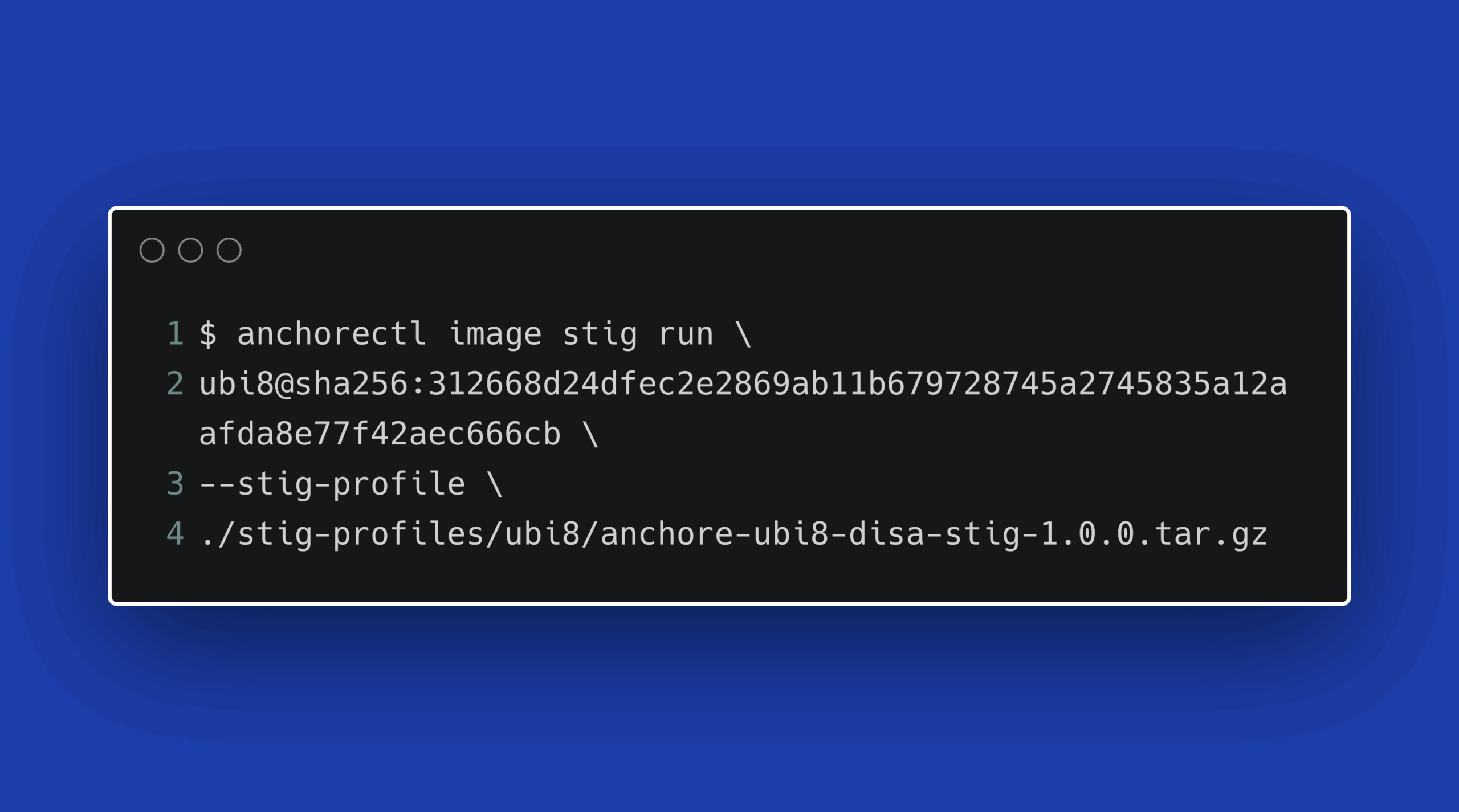Our recent 2021 Anchore Supply Chain Security Survey sheds some light on Kubernetes adoption and growth in the enterprise as it pertains to running container workloads.
For this blog post, container platforms based on Kubernetes run containerized applications, whether during development and testing, staging, or production. These platforms run in house, through a hosting provider, or from a cloud provider or another vendor.
K8s Stands Alone
Perhaps the most interesting Kubernetes stat in the survey is that 71% of respondents are using a “standalone” version of Kubernetes that’s not part of a platform as a service (PaaS) rather it’s run on-premise or even on cloud infrastructure as a service (IaaS).
The second most used container platform is Amazon Amazon Elastic Container Service (ECS) with 56%.
53% of the respondents are using Amazon Elastic Kubernetes Service (EKS), Azure Kubernetes Services, and Red Hat OpenShift for their container management and orchestration.
We’re at an interesting point for Kubernetes adoption as these numbers show. While there’s a well-known Kubernetes skills gap, organizations are still relying on their own teams, most likely augmented with outside contractors to deploy and operate Kubernetes. While the major cloud service providers (CSPs) are the logical platform for outsourcing Kubernetes infrastructure and the related backend management tasks the numbers point to the fact they are still gaining mindshare in the Kubernetes market.
K8s and Large Workloads
Cloud-native software development is now delivering at an enterprise-scale on major development projects that include 1000+ containers. Here’s the spread of Kubernetes adoption in use on these business and mission-critical projects:
- Standalone Kubernetes (7%)
- Amazon ECS (7%)
- Amazon EKS (7%)
- Azure Kubernetes Service (7%)
- SUSE-Rancher Labs (6%)
This tight spread of K8s platforms paints an interesting picture of the scale where these large enterprise projects play. Standalone Kubernetes, Amazon ECS, Amazon EKS, and Azure AKS are all at a tie. The continued presence of standalone Kubernetes is a testimony to early adopters and the growing reliance on open source software in large enterprises.
It’ll be interesting to revisit this question next year after large enterprises have gone through more than a year of COVID-19 driven cloud migrations which could give CSP offerings a decided advantage in the new world of work.
Looking Forward
Kubernetes is still experiencing exponential growth. The Kubernetes responses in our survey speak to a future that’s being written as we speak.
The complexities around deploying and operating Kubernetes still remain and aren’t going to disappear anytime soon. That means that the open source projects and CSPs offering Kubernetes solutions are going to have to focus more on simplicity and usability in future releases. Along with that comes a renewed commitment for outreach, documentation, and training for their Kubernetes offerings.
Do you want more insights into container and software supply chain security? Download the Anchore 2021 Software Supply Chain Security Report!




